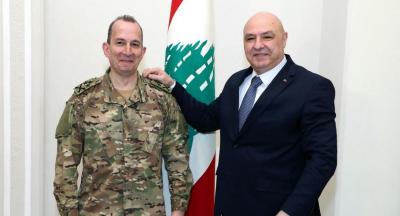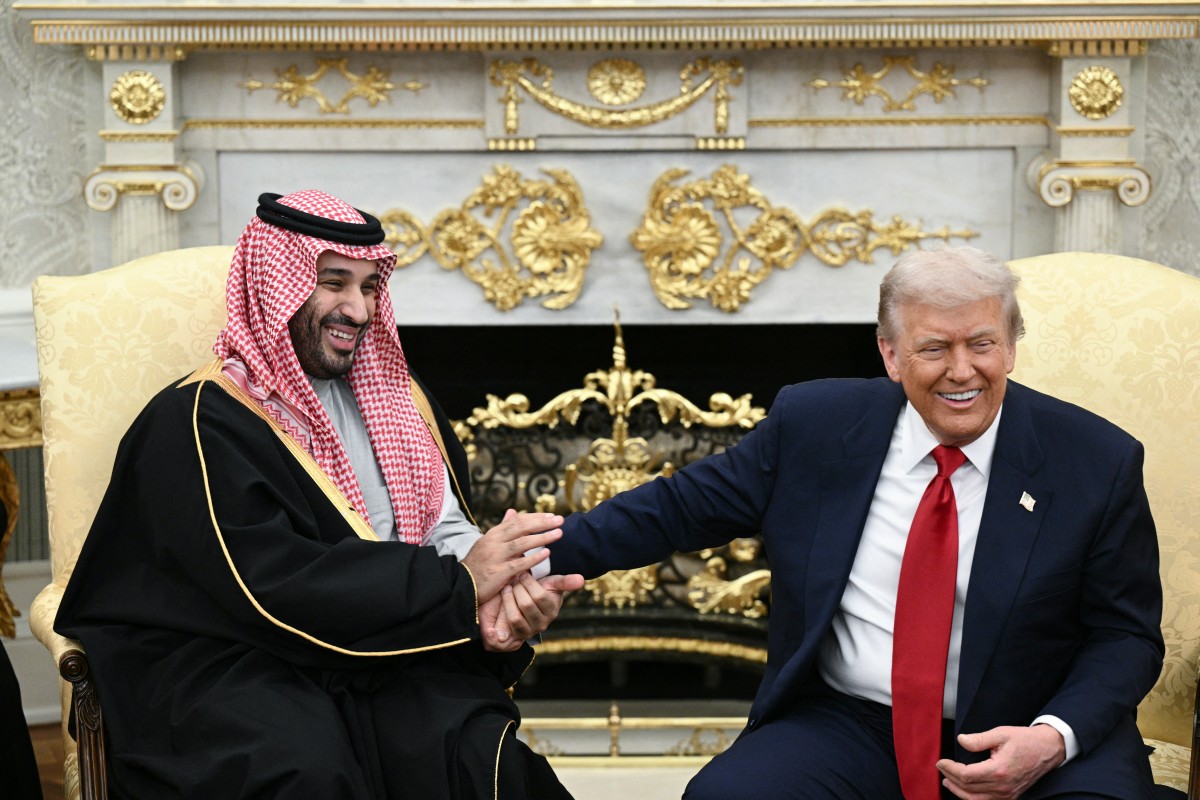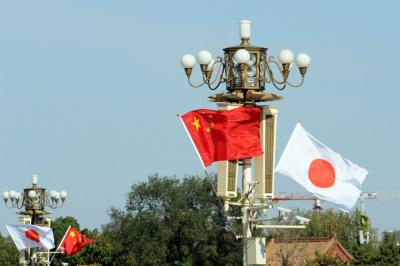Only three years ago, the United States was re-evaluating its relationship with the Kingdom of Saudi Arabia.
That was during the tenure of Democratic President Joe Biden.
Today, Saudi Crown Prince Mohammed bin Salman leaves the Oval Office after meeting Republican President Donald Trump, having secured nearly everything he wished for—just as Trump himself had already obtained everything he wanted even before the meeting, following his recent Gulf visit.
This comes amid a new phase in bilateral ties, one in which the American president adds an unmistakably personal touch.
Thus, bin Salman moves from Biden’s attempt to isolate him to becoming one of Washington’s closest military partners—so close, in fact, that his host defended him by publicly scolding a White House reporter over a question regarding the murder of Washington Post journalist Jamal Khashoggi.
The scene reflects a clear readiness to deepen ties with Riyadh, which has pledged nearly one trillion dollars in American investments, while also maintaining business relations with the Trump family itself.
This shift comes as Trump abandons the one condition Washington long insisted on before signing any major defense and trade agreements with Riyadh: full normalization with Israel.
Biden insisted that any comprehensive U.S.–Saudi deal could only advance if its three components moved together: bilateral defense and trade agreements, Saudi-Israeli normalization, and a firm Israeli commitment to a path leading to a Palestinian state.
But with Israel rejecting a Palestinian state and Saudi Arabia refusing to soften its stance, that framework collapsed.
The grand prize came when the United States designated Saudi Arabia a “major non-NATO ally,” paving the way for plans to sell it F-35 fighter jets.
The agreement also includes the sale of 300 U.S.-made tanks to Saudi Arabia and streamlined operations for American defense companies in the kingdom.
The two sides agreed on a cooperation framework in artificial intelligence, including approval to sell advanced chips to Saudi Arabia; they also signed a critical-minerals agreement and opened the door to expanded nuclear-energy cooperation—without granting Riyadh permission to enrich uranium.
With this, Riyadh achieved most of what it sought—though without reaching Qatar’s defense status, which enjoys the strongest U.S. security relationship in the region, especially after being targeted by Israel.
Qatar hosts the largest U.S. air base in the region, was designated a major non-NATO ally in 2022, and this year received the strongest American security guarantee ever granted to an Arab country.
Via an executive order stating that “the United States will consider any armed attack against the territory, sovereignty, or critical infrastructure of Qatar a threat to the peace and security of the United States.”
Saudi Arabia had already expanded eastward, especially toward Russia and China, to diversify its defense partnerships.
Riyadh gradually improved ties with Beijing, culminating in the surprise Saudi-Iranian reconciliation announced in the Chinese capital in March 2023.
This year, Saudi Arabia signed a defense pact with nuclear-armed Pakistan—a clear signal of its drive to diversify security partnerships.
The United States now wants Saudi Arabia to become a key strategic partner in its competition with China, seeing the kingdom as both a vast market for U.S. technology and a barrier to Chinese expansion.
What About Israel?
Naturally, the defense agreements did not elude questions about Israel.
U.S. law requires that no advanced weapons sale to Middle Eastern partners undermine Israel’s qualitative military edge.
Israel appears to have been aware of the deal and did not oppose it after receiving assurances that its qualitative edge would be preserved.
By the time Saudi Arabia receives its first F-35 jets, Israel will have had a fifteen-year head start and already acquired around 75 of them.
The U.S.–Saudi–Iranian Opening
What reveals the nature of Saudi Arabia’s new role is its mediation between Iran and the United States—outpacing Israel, which continually contemplates striking Tehran’s regime.
After his meeting with Trump, bin Salman received a message from Iranian President Masoud Pezeshkian praising Saudi Arabia’s role as the balancing force amid Gulf and Middle Eastern contradictions.
The notable development is that, before the bin Salman–Trump meeting, the Iranians informed the Saudis of their readiness to reach an agreement with the Americans.
It was a friendly, high-level gesture signaling that Tehran is entering a pivotal negotiating phase that could open the door to an indirect agreement with Trump.
The Saudis seized the initiative and reciprocated.
Playing the role of active mediator could offer Saudi Arabia the chance to shape a regional stability strategy.
The surprise came in Trump’s notably positive language during his exchange with bin Salman.
Tehran needs internal and regional stability and reconstruction—especially economically—so it initiated an opening, which Riyadh and Washington quickly embraced.
Thus emerged a rare public trilateral framework that opened a strategic window through Saudi Arabia—the Gulf’s elder sister—not through any other state.
But proponents of rapprochement in Iran fear political resistance or internal obstruction by opponents of negotiation—or critics of Saudi Arabia’s future role.
Regional Influence… and New Understandings
Today, Saudi Arabia stands before an opportunity to wield regional influence stretching from the Gulf to the Mediterranean—in Syria and Lebanon to secure stability and internal political settlements based on reconciling contradictions, extending to West Asia and Africa, and even in Palestine, but with an Israeli partner other than Prime Minister Benjamin Netanyahu, to rebuild Gaza with Arab funding and ensure a peace process that safeguards Palestinian rights.
And if Washington aims to keep Saudi Arabia within the American sphere of influence as it shapes a post-Gaza new Middle East under the banners of peace and the “Abraham Accords,” the American price will be restraining Israel before preparing it for “peace” with the Arab world’s most significant partner.
But the bigger question remains: Will Saudi Arabia have enough time, before Trump’s term ends, to implement its vision for the region?
Please post your comments on:
[email protected]
 Politics
Politics













